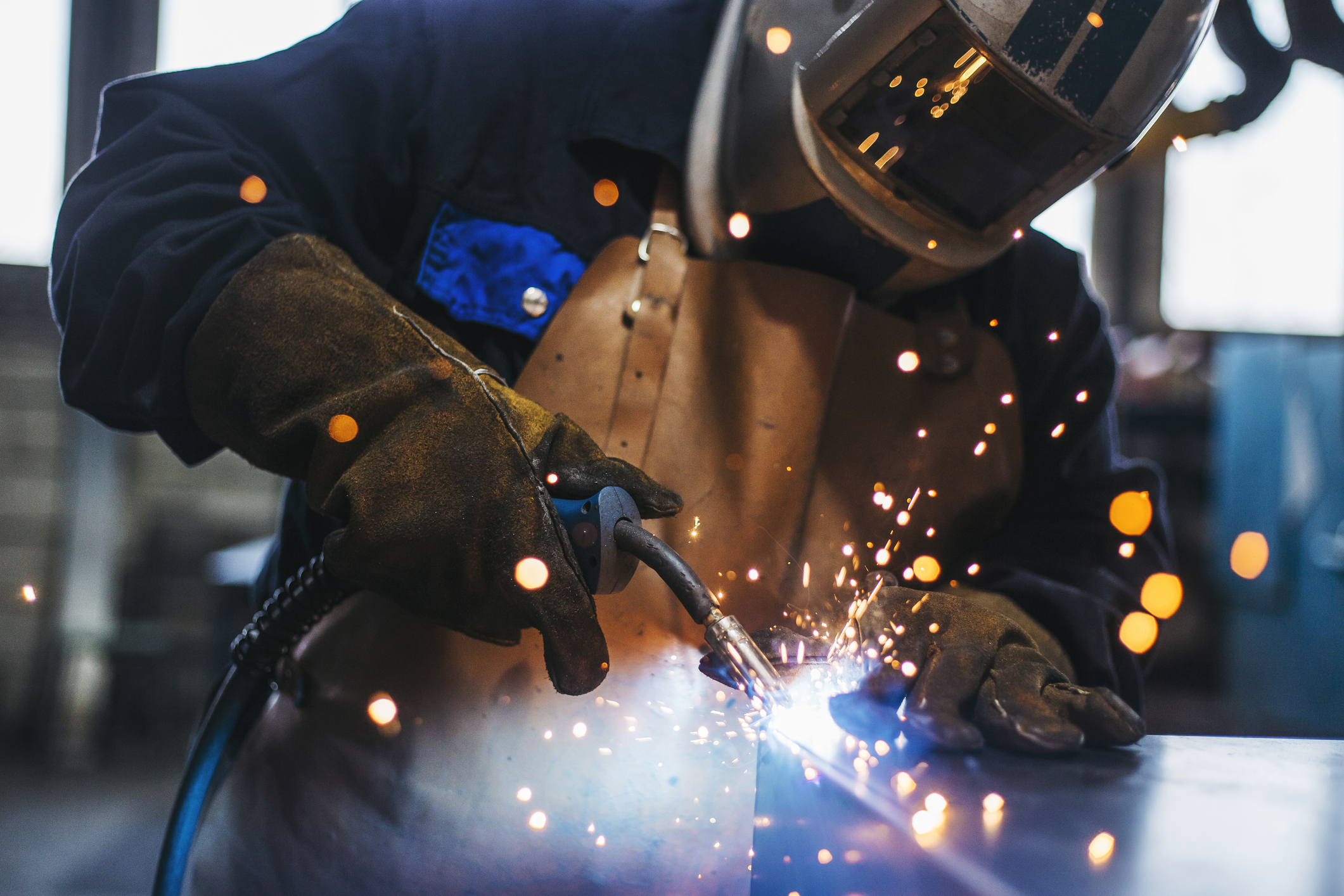4 Things Companies With High-Performing EHS Programs Do
Don’t use binders and spreadsheets. Don’t leave employee safety in the hands of one person. Don’t use outdated learning systems. Don’t duplicate stupid.
Environment, health, and safety advice frequently trends toward the negative—don’t do this, make sure employees refrain from that, don’t use this wiring setup, beware of these scaffolding violations. But what about what you should do? What positive steps can you take to make your workplace safer and your business more productive?
After all, high-performing organizations aren’t just differentiated by the health and safety incidents they avoid, but by the efficiencies they’ve built into their EHS programs. They do better than their industry averages because they do things average companies don’t.
So, what do they do, exactly? Here are a few key health and safety actions high performers take:
1. Invest in Workforce Training
In our recent research into EHS program trends, one of the starkest contrasts we witnessed between high performers and poor performers was an emphasis on training.
Our study showed that high performers engage their employees in rigorous EHS training. There’s no prevailing standard here—no one-size-fits-all approach emerged from our data—but high-performing organizations all had the same results: team members were motivated to learn and demonstrated a deep familiarity with crucial health and safety topics.
Whatever forms their training programs take, high performers are willing to invest in those programs and make sure they work as intended. They shape their educational content to employees’ learning styles and experience levels, test learners’ knowledge frequently, and ensure the information sticks and remains top-of-mind with periodic refresher courses.
Another major differentiator is the timing of training. Rather than only educating employees on a topic after a related incident occurs, high-performing organizations train ahead of the problem. In other words, they take a proactive approach instead of solely focusing on remediation.
2. Conduct Inspections and Audits Before Incidents Occur
Another clear distinction between the high performers and poor performers we surveyed was the timing and frequency of facility inspections and audits. Specifically, we found that high performers conduct inspections and audits more often than low performers—and many times, in advance of a potential health or safety incident.
Again, this is about proactivity. High-performing organizations take the time every few months to assess their people, processes, and technologies “just because”—not in response to any specific issue or concern.
What these organizations understand is that it’s difficult to catch up when you fall behind on EHS. Much like visiting the dentist, an inspection or audit is significantly more painful (and expensive) if you don’t do it regularly. And it becomes a vicious cycle—an organization avoids inspections and audits because leadership is afraid of the problems they’ll find and how much it will cost to address those problems.
High performers dodge the compounding stress and expenditures. They don’t need to spend large sums of money figuring out what’s wrong with their programs or exert pressure mobilizing their workforces to participate in improvements. They stay ahead of the curve and maximize efficiency through momentum—with standard, repeatable protocols in place for evaluating their EHS programs and correcting areas of risk.
3. Assign Corrective and Preventive Actions
When inspections and audits are complete, high-performing organizations follow through on what they found out.
When issues are discovered, they direct employees to take corrective actions to resolve those issues.
If no immediate hazards are identified but there are areas that could become worse or need improvement, high performers take preventive measures.
The ability to engage in corrective and preventive actions is closely linked back to our first differentiator: high-quality training. If people know what they’re supposed to do (and not do), they can easily identify and solve problems and gaps in the EHS program.
4. Collect and Analyze EHS Data
Although it may not sound as important as the actions above, good data is pivotal to the success of an organization’s EHS program. High performers collect and analyze a wealth of data, and then distill that information into a format that’s meaningful to non-safety professionals.
This is how successful safety departments are able to earn buy-in from executive leadership. They’re able to show the people in charge how EHS pays off, and to engage leadership in targeted interventions to specific problems. With data, high performers can point to root causes and determine the actual scope of an issue: “Is this present throughout our system or a one-time event?”
As a result, these organizations are able to manage workforce health and safety cost-effectively, minimize absenteeism, get people back to work quickly, and ultimately see fewer incidents and keep claims down.
High performers don’t harness just any data. They focus on what’s relevant and practical—the concrete details of what is and isn’t working right now, and what’s likely to happen in the future. They pay the most attention to numbers with meaningful timelines, dollar figures, and impacts on people’s physical welfare.
Noticing a pattern here? High performers are always thinking ahead. They’re not waiting for employees to get hurt or sick; they’re doing everything they can today to prevent an illness or injury before it happens. At the end of the day, that’s what it means to create a safe place to work—a place where people feel taken care of today, tomorrow, next week, and next year.
Learn more about what effective EHS management looks like. Download KPA’s free report, 2019 State of the Industry: EHS Program Trends.
